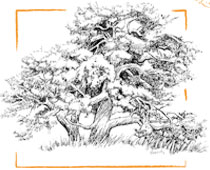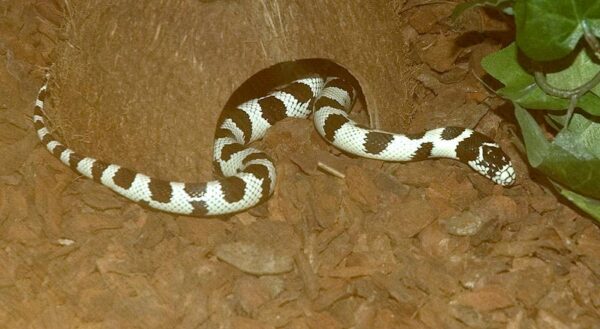
Terrestrial and aquatic habitats support nine amphibian and 15 reptilian species, including the two-striped garter snake (Thamnophis hammondii) and coast patch-nosed snake (Salvadora hexalepis); both are California Species of Special Concern. Other snakes more often seen at the reserve include the western rattlesnake (Crotalus viridis), California kingsnake (Lampropeltis getulus), California whipsnake (Masticophis lateralis), gopher snake (Pituophis melanoleucus), ringneck snake (Diadophis punctatus) garter snakes (Thamnophis sirtalis and T. atratus), and the swift western yellow-bellied racer (Coluber constrictor mormon).
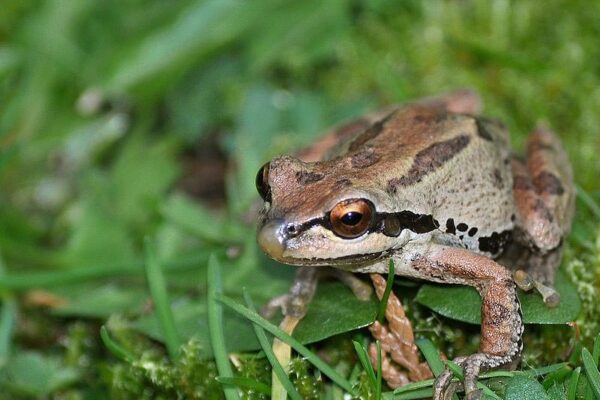
The musical two-part note of the Pacific treefrog (or chorus frog) (Hyla regilla) can be heard day or night in a variety of grassland, woodland, and chaparral habitats. This frog breeds in creeks and, during wet years, in the reserve’s vernal ponds. Its song contrasts with the duck-like quack of the California treefrog (Hyla cadaverina), found in rocky, perennially wet creeks. The western toad (Bufo boreas) also breeds in the vernal ponds here, although it is unusual to find toads in vernal pools elsewhere. Scientists believe the western toad’s use of these temporary habitats on site may be due to the wetland’s relative longevity in some years.
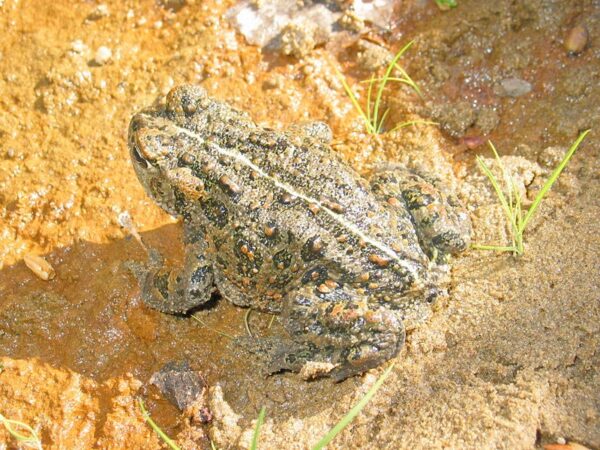
The arboreal salamander (Aneides lugubris) and the Monterey salamander (Ensatina eschscholtzii eschscholtzii) are inhabitants of the oak woodland. Both are hard to find during dry summer months and rely on fallen wood and rotting bark for shelter, shade, and egg-laying sites. Champion climber among salamanders, the arboreal is known to ascend to 60 feet in trees, using its prehensile tail for stability. One other salamander found on the reserve is the black-bellied slender salamander (Batrachoseps nigriventris) with its faint dorsal stripe of tan, brown, reddish or beige.
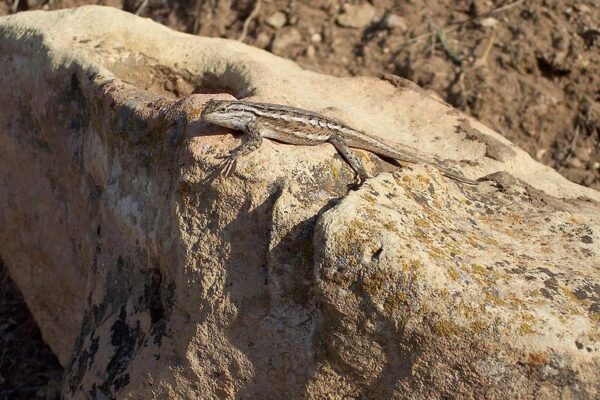
The legless lizard (Anniella pulchra), a California Species of Special Concern, has a blunt nose and smooth scales that help it to burrow in loose, moist soils. This snakelike lizard is occasionally seen above ground making its way through oak leaf litter or sandy stream terraces in lower elevations. More commonly found lizards on site include the western fence lizard (Sceloporus occidentalis), the coast horned lizard (Phrynosoma coronatum), the side-blotched lizard (Uta stansburiana) and the southern alligator lizard (Elgaria multicarinatus).
Click here for the complete list of reptiles and amphibians identified on the Sedgwick Reserve.
